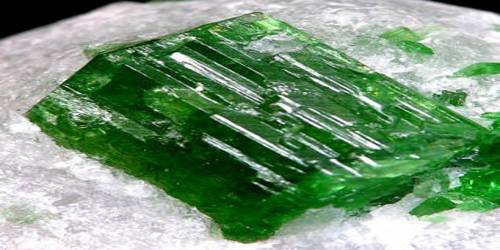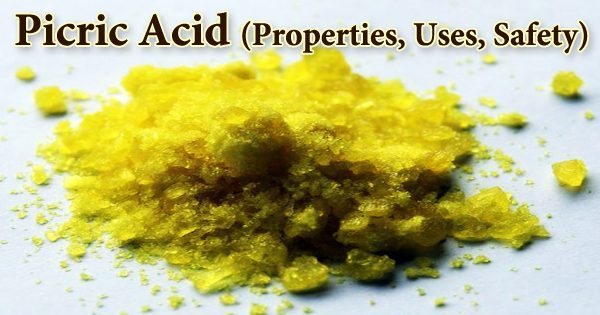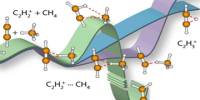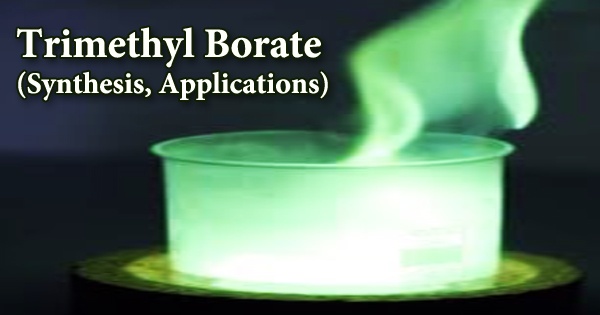Pargasite is a complex inosilicate mineral of the amphibole group with formula NaCa2 (Mg4Al) (Si6 Al2) O22 (OH)2. It is a member of the extended Hornblende group. Most Hornblendes, including Pargasite, are dark and opaque, however, Pargasite can also be lightly colored and transparent.
It was first described as an occurrence in Pargas, Finland in 1814 and named for the locality. It was named in 1814 by Count Fabian Gotthard von Steinheil for the locality in the Pargas Valley, Finland.
Some forms of Pargasite are especially known for their electric green color and gemmy appearance. It is not radioactive. It is used as a gemstone.
General Information
- Category: Inosilicates
- Formula: NaCa2 (Mg4Al) (Si6 Al2) O22 (OH)2
- Crystal system: Monoclinic
- Crystal class: Prismatic (2/m).
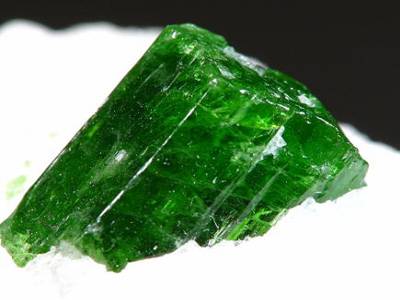
Properties
Pargasite is the main water-storage site in the uppermost mantle, however, it becomes unstable at depths greater than 90 km (56 mi). This has significant consequences for the water storage capacity, and the solidus temperature of the lherzolite of the upper mantle.
- Color: Bluish green, grayish black, light brown
- Crystal habit: Stout prismatic to tabular
- Twinning: Simple and lamellar – common
- Cleavage: {110} perfect
- Fracture: Splintery
- Mohs scale hardness: 5 – 6
- Luster: Vitreous
- Diaphaneity: Translucent, will transmit light on thin edges.
- Specific gravity: 3.04 – 3.1
Occurrence
It occurs in high temperature regional metamorphic rocks and in the skarns within contact aureoles around igneous intrusions. It also occurs in andesite volcanic rocks and altered ultramafic rocks.
A somewhat uncommon mineral, Pargasite has many localities however quality crystals occur in only a few including in Finland, Sweden, Austria, Italy, the United States, Canada, and Pakistan.
When in bright green forms, Pargasite is a highly collectible and valuable mineral, especially when contrasted on a white marble matrix. Some of these are recognized as individual minerals, thereby making Pargasite a mineral group, with Pargasite as the dominating member.
Information Source:
